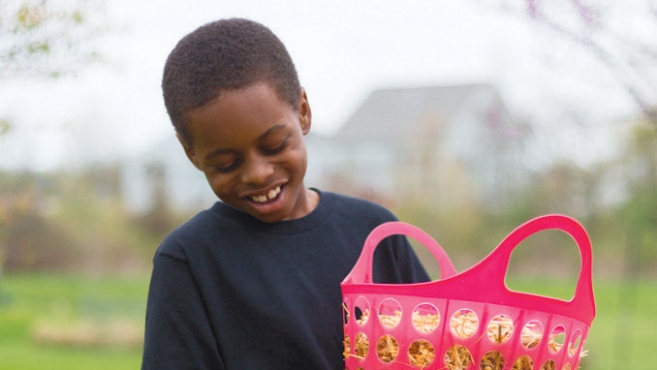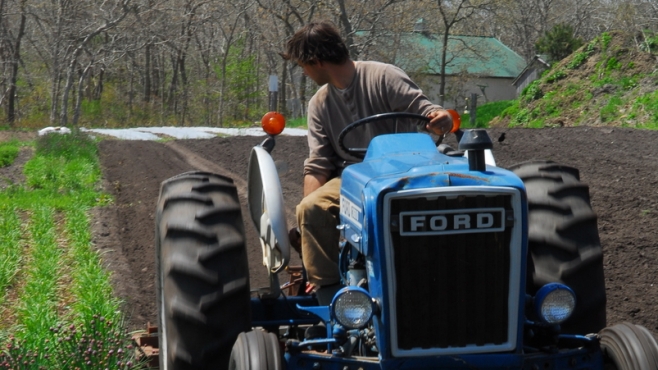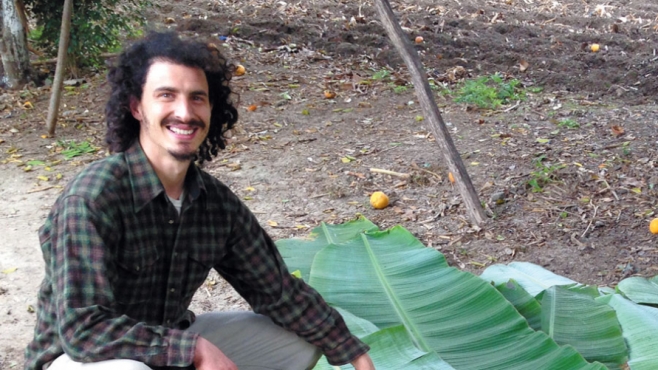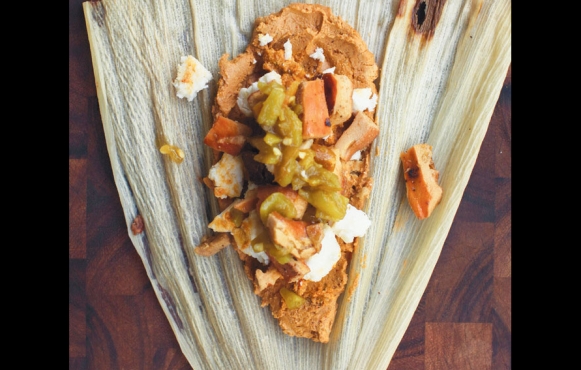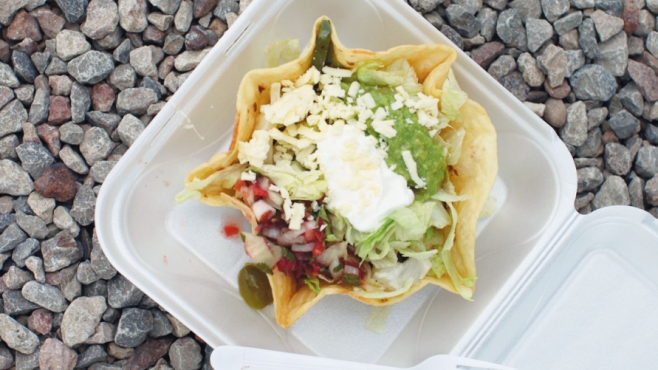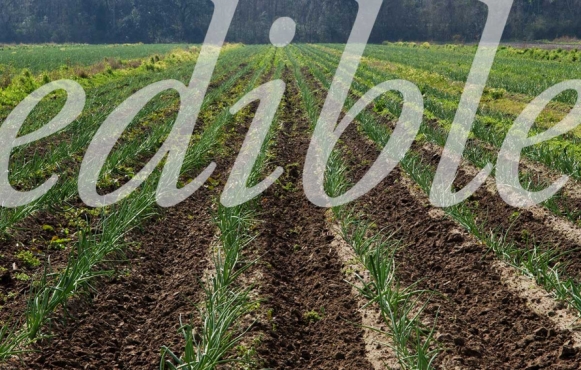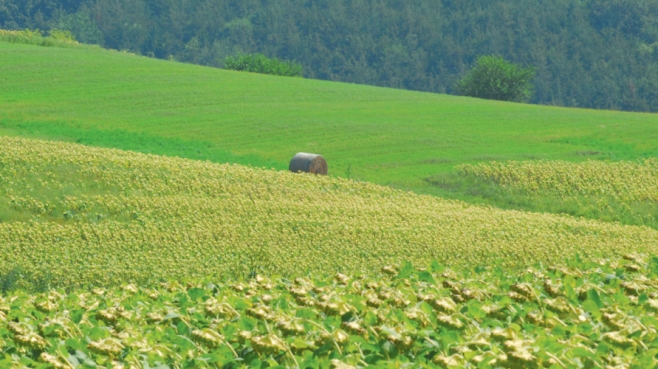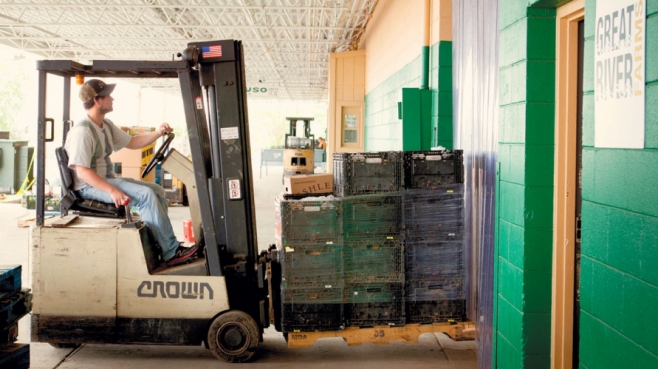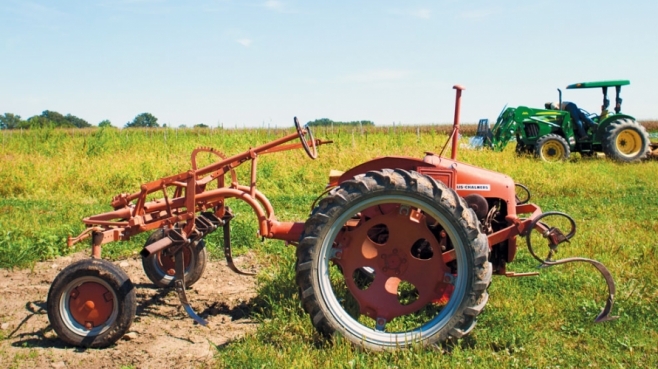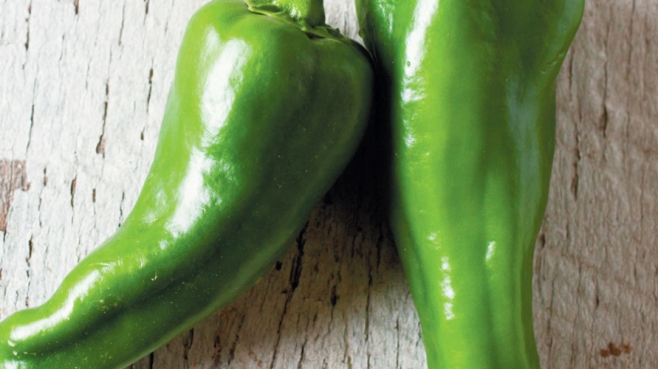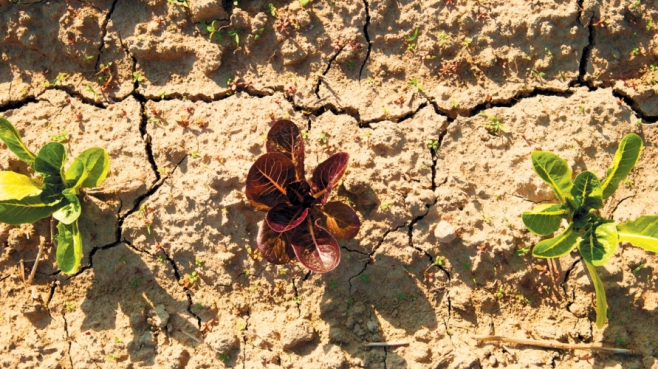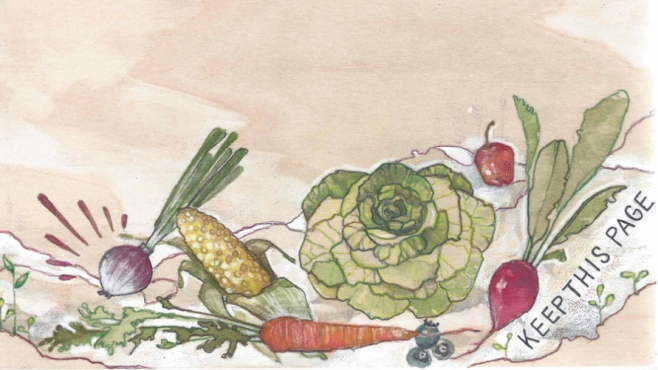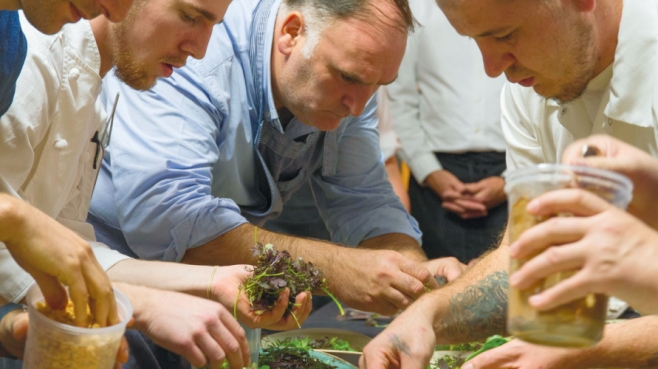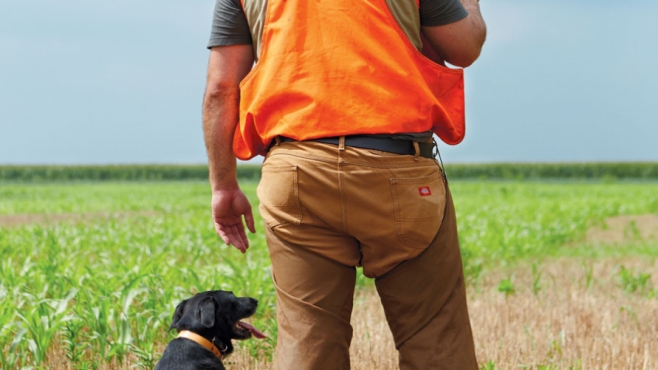
LETTER FROM THE PUBLISHER
This is the first issue where we have chosen to have people on the cover. We have always wanted our covers to be beautiful and to reflect the season. When deciding on a cover photo the question we ask ourselves is: Is it coffee table worthy? This issue is.
We made the decision to put the farmers who have started the Great River Organics farmer-owned cooperative (GRO co-op) on our cover because they are the reason we publish Edible Columbus. Our mission has always been to connect you with the farmers in our community. These organic farmers are doing hard, complex, and important work that benefits our community and our future access to locally grown organic food.
Organic farming is both a simple and a very complex subject. Simple in that if we imagine farming being done in the traditional way by our early ancestors it would be similar to organic principles being applied today—crop rotation, natural inputs, a system of animals and plants benefiting from one another, respect for the land and soil, and a sense of community where people shared their knowledge and passed down their expertise from generation to generation.
Organic farming is complex today because the landscape and the stakes have changed. In this issue, we will touch on many of the complexities, from financing a farm and its growth (see page 54) to how to create a system that allows organic farms to grow and succeed in today’s marketplace. How do we ensure that organic farmers have the support they need to sustain their farms so they can pass on their knowledge to the next generation of farmers? I think here in Ohio the answer begins with the GRO coop—a group of very intelligent, committed farmers, who are working together to build a sustainable model for the future growth of organic farming.
The questions we need to ask ourselves are do we want chemical-free food to be available to our grandchildren and their grandchildren? Do we care about the soil, our land, and our food system? If so, we all need to get involved in helping to further the movement. I have asked the farmers featured in this issue what would help them. Their answer: Commitments. Up-front commitments from families and individuals who would commit to buying a CSA, and institutional buyers, like hospitals and colleges, who would commit to buying quantities of produce before it is grown. Those commitments allow the farmers to plan ahead. When the farmers need financing, showing the bank customer commitments is really important.
So, a simple answer is they need our commitment. On our last page we have outlined a list of helpful ways to get involved.
I hope your summer is full of joy and happiness.
-Tricia Wheeler, Publisher
LETTER FROM THE EDITOR
The irony of local, organic food is that it used to be available to everyone, and now it’s practically for the privileged few. Before it was a thing it was a way. Now, local, organic food sales account for less than 5% of total U.S. food sales, and while organic food is in demand, the farmers don’t have the land, capital, supply, or infrastructure to catch up with growing needs.
More people want local, organic food, I think, because instinctively they know it tastes better, nourishes them closer to the bone, and is better for the planet. As Michelle Ajamian says of Shagbark Seed & Mill’s heirloom corn (page 16), “The reason these traditional foods are so important is that they tie the crop to the cuisine, and traditional cuisine is such because it developed around crop rotations, seasonality, and viewing food as medicine, a delicious medicine.”
Summertime in Ohio is a chance to see and taste how this delicious medicine called local, organic food is created. And that’s why we devoted this issue to a local, certified organic farmer-owned cooperative that is dedicated to nourishing Ohio for the long-haul—Great River Organics (GRO). Our special GRO section (page 33) includes an investigation into farmer-owned cooperatives across the country by Edible Manhattan editor and author Gabrielle Langholtz. Gabrielle’s article sets the stage for what’s possible here in Ohio, making the case for why Adam Welly, Jaime Moore, and the farmers of GRO have every right to dream big. As Adam writes (page 38), GRO is centered on how we can “build new institutions of local food, centered on transparency and an honest effort to leave our farms in a more pristine state than when we started.”
This commitment to the health and quality of our food and soil is what makes organic farmers some of the last political activists standing. The British Journal of Nutrition recently published a comprehensive study by European researchers and Charles Benbrook of Washington State University, demonstrating that organic food offers 20% to 40% more antioxidants than industrialized food and fewer amounts of chemical pesticides and toxic metals. If organic food offers this kind of well-being to our body, what does it offer to our local soil and the planet Earth? Dr. Matt Kleinhenz, professor at The Ohio State University’s Department of Horticulture and Crop Science, shares his insights (page 60), and Amy Bodiker’s article (page 59) speaks to how “the health sector has emerged in recent years as an important driver in the growth of local food production.”
Yet Ohio has some work to do. To get this very real and nourishing sustenance into the hands of more folks conversations need to be had and the humanity of what it means to eat well needs to be revived. And this is a part of GRO’s mission. As Jaime Moore says, “We can meet your needs, you just gotta tell us what they are.”
So I ask: How can we as citizens now be in conversation with the farmers who have invested their hearts and souls into being in conversation with the land that serves all of us? Check out our last article (page 64) as to how you can take action.
This issue also offers some choice food destinations in Athens and the region of Appalachia for your annual road trip (page 23), as well as a guide to first-time campers and our best picks for camping sites throughout Ohio (page 2). I love our two stories about Hayden Bowlin and Te’Lario Watkins (page 8). They know what the GRO farmers know—the pleasure and practice of putting their hands in the dirt and in the words of Te’Lario watching “things grow big!”
And Bryn Bird’s article about Homegrown Heroes, a program allowing veterans to return to the land to farm, is a real reminder of what this time of year inspires—freedom. And that’s what this issue is about—offering information so you have the freedom to choose when and how you want to invest in local, organic farms and foods now and in the future. I want to thank Adam, Jaime, and all the farmers at GRO for their commitment to us. It is a beautiful, life-sustaining bond.
-Colleen Leonardi, Editor



